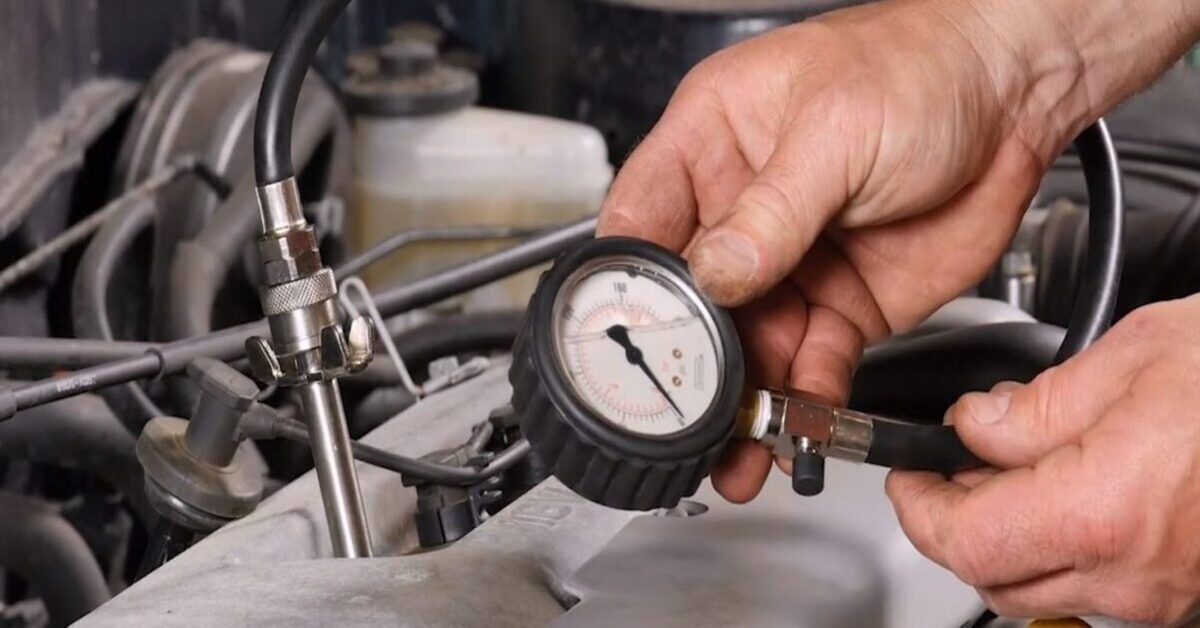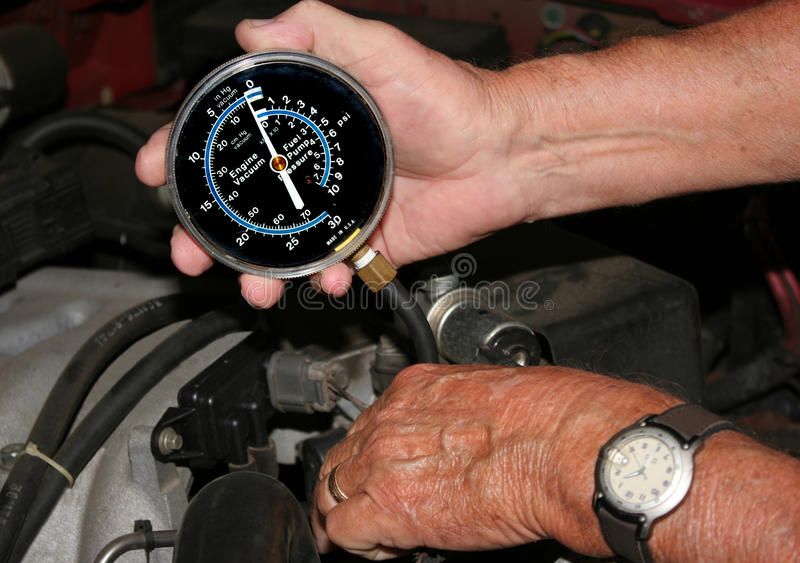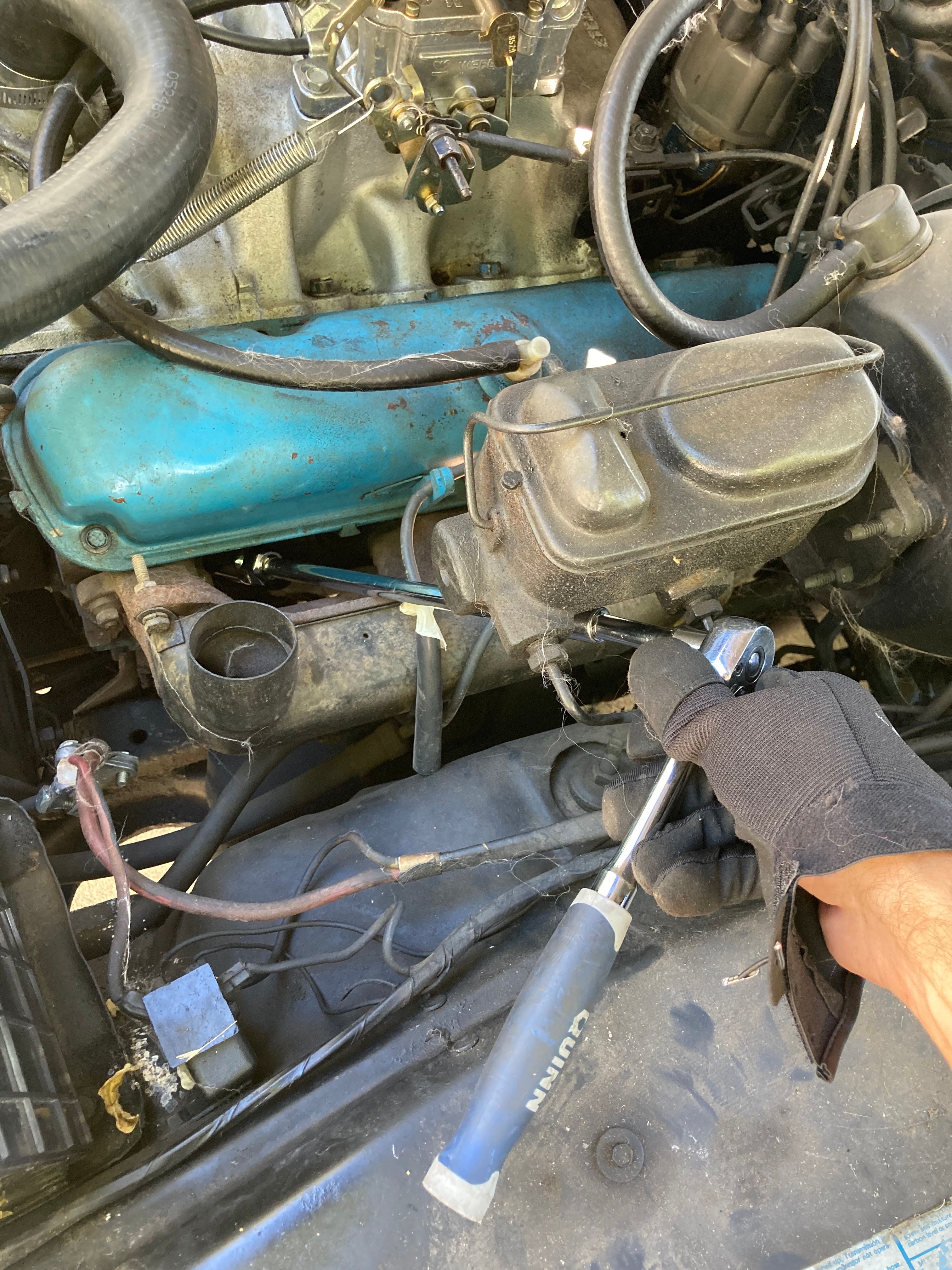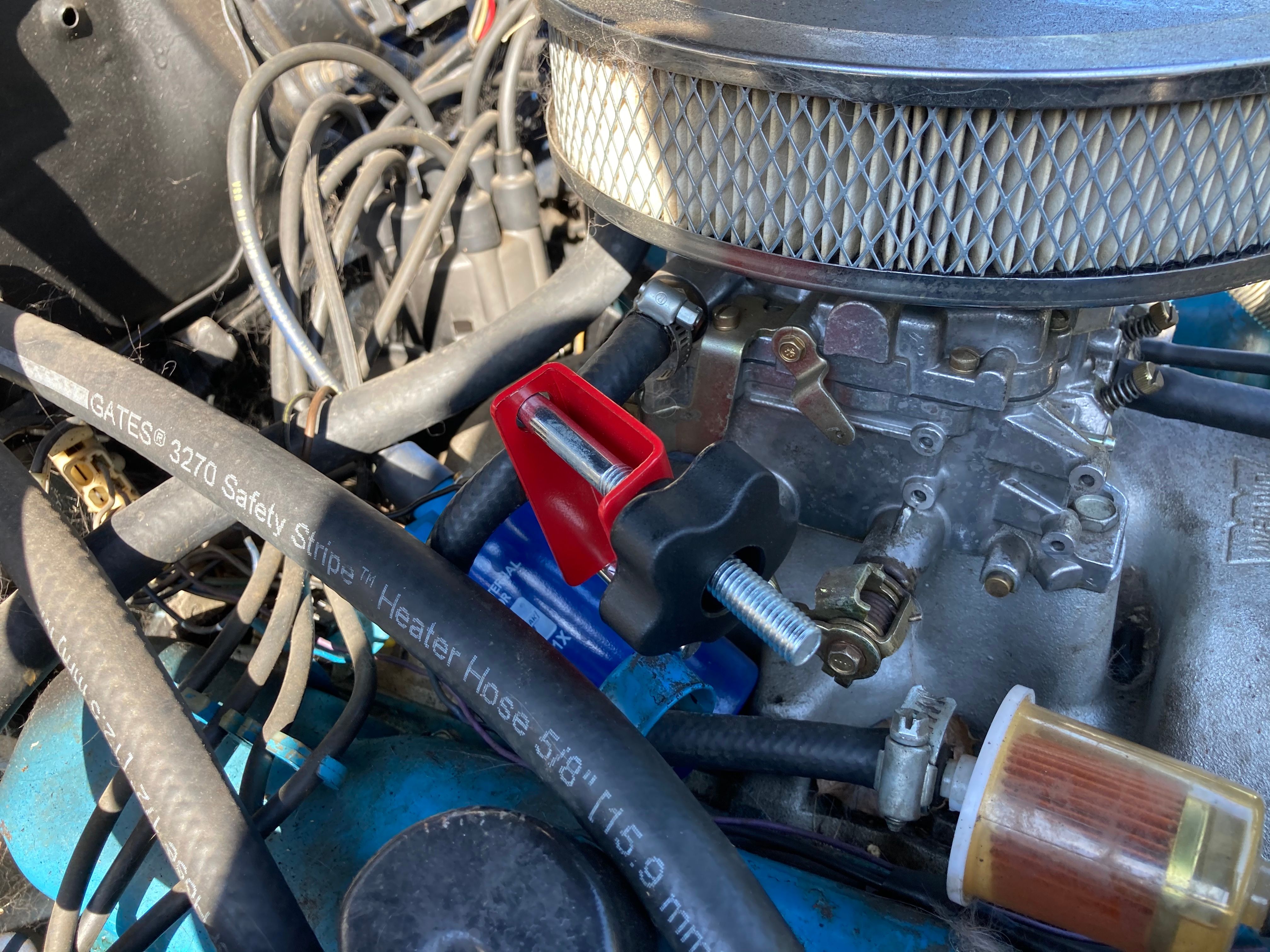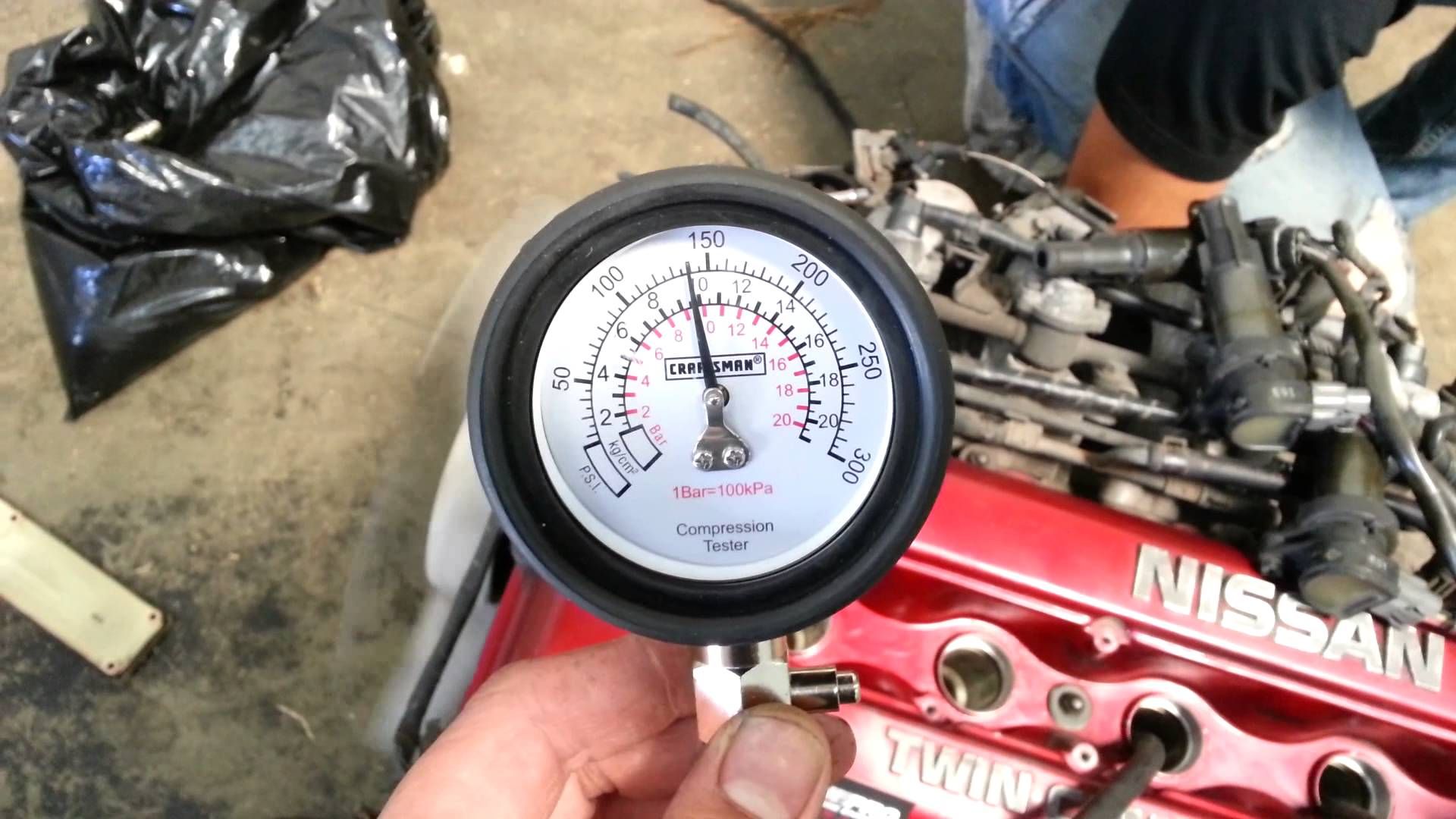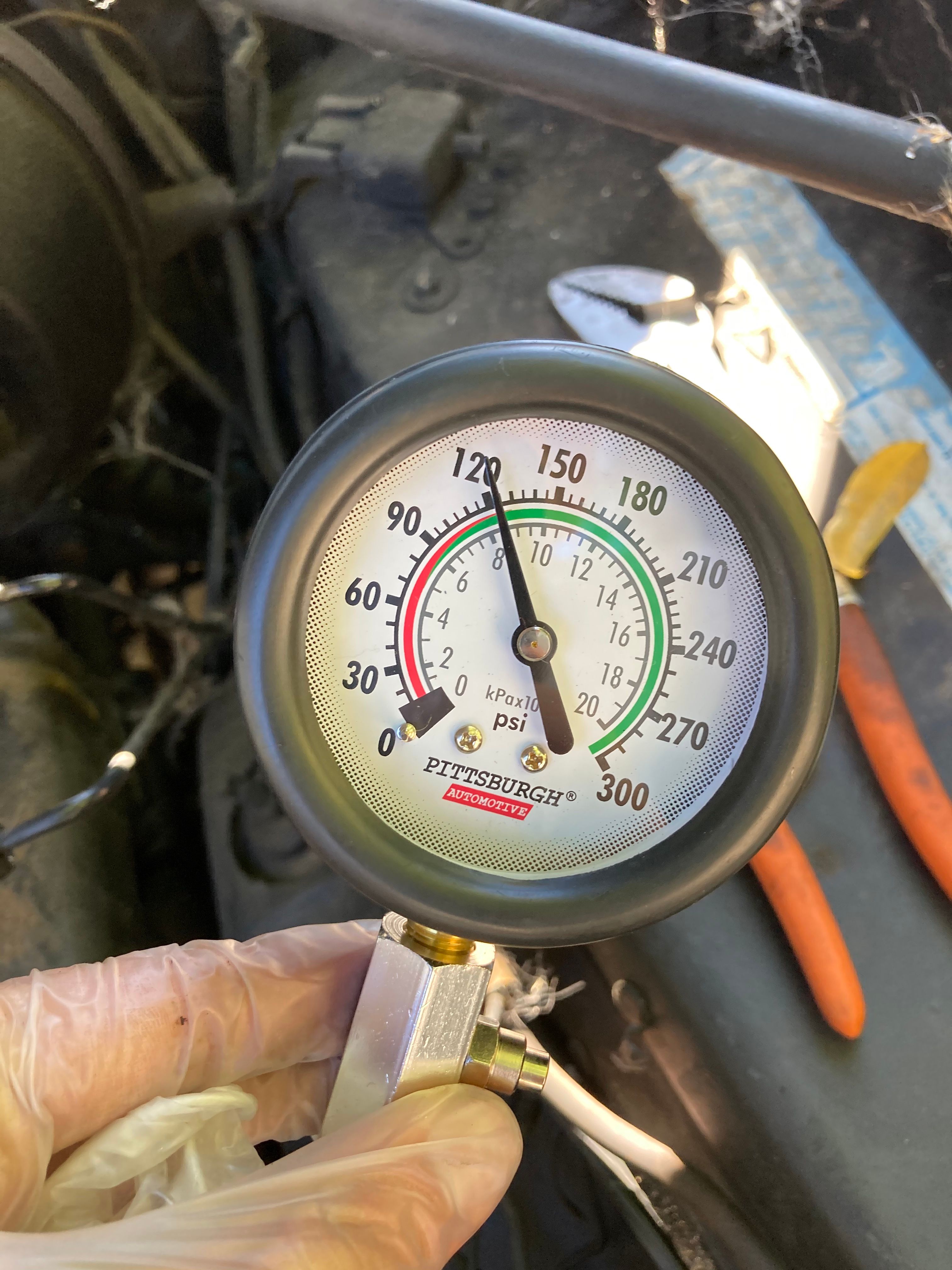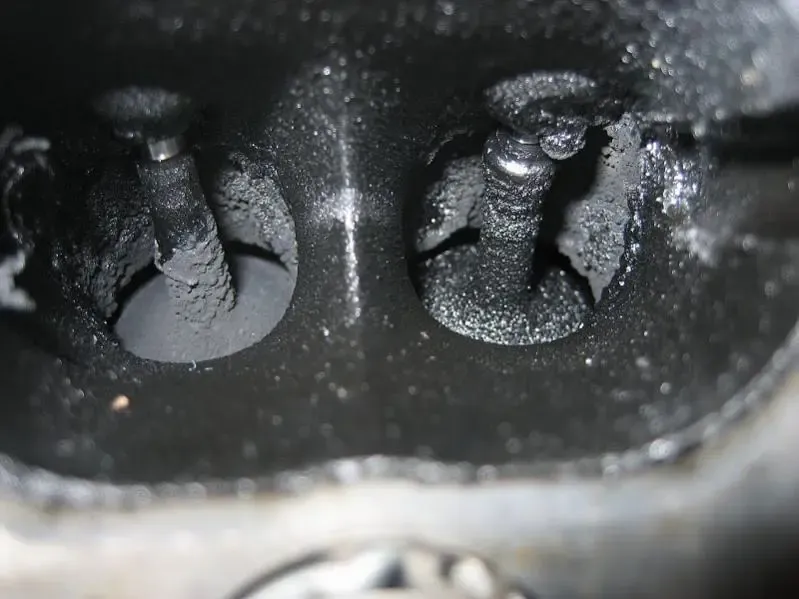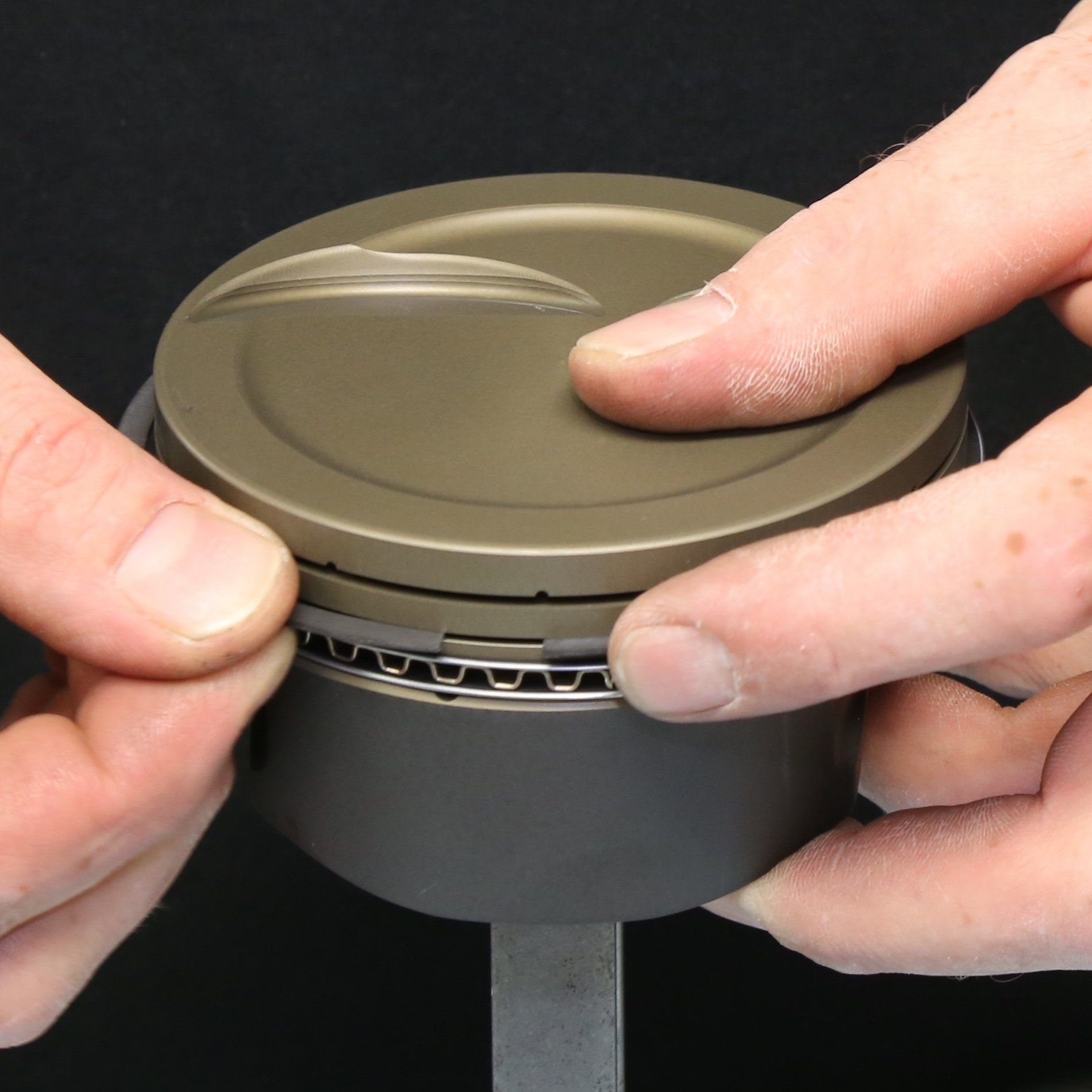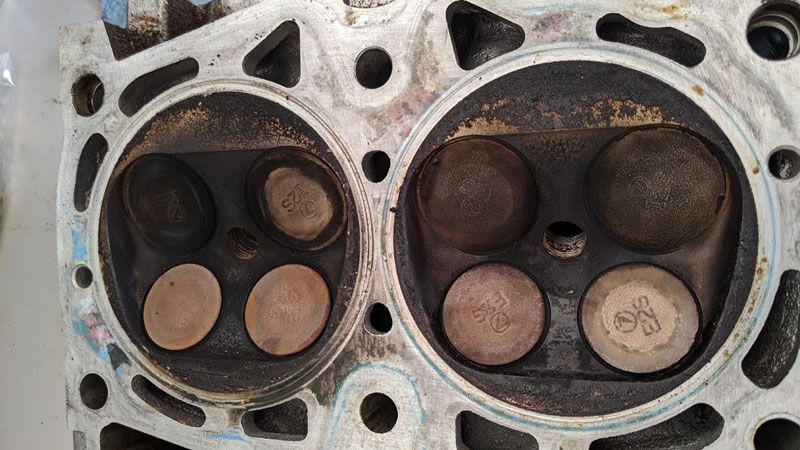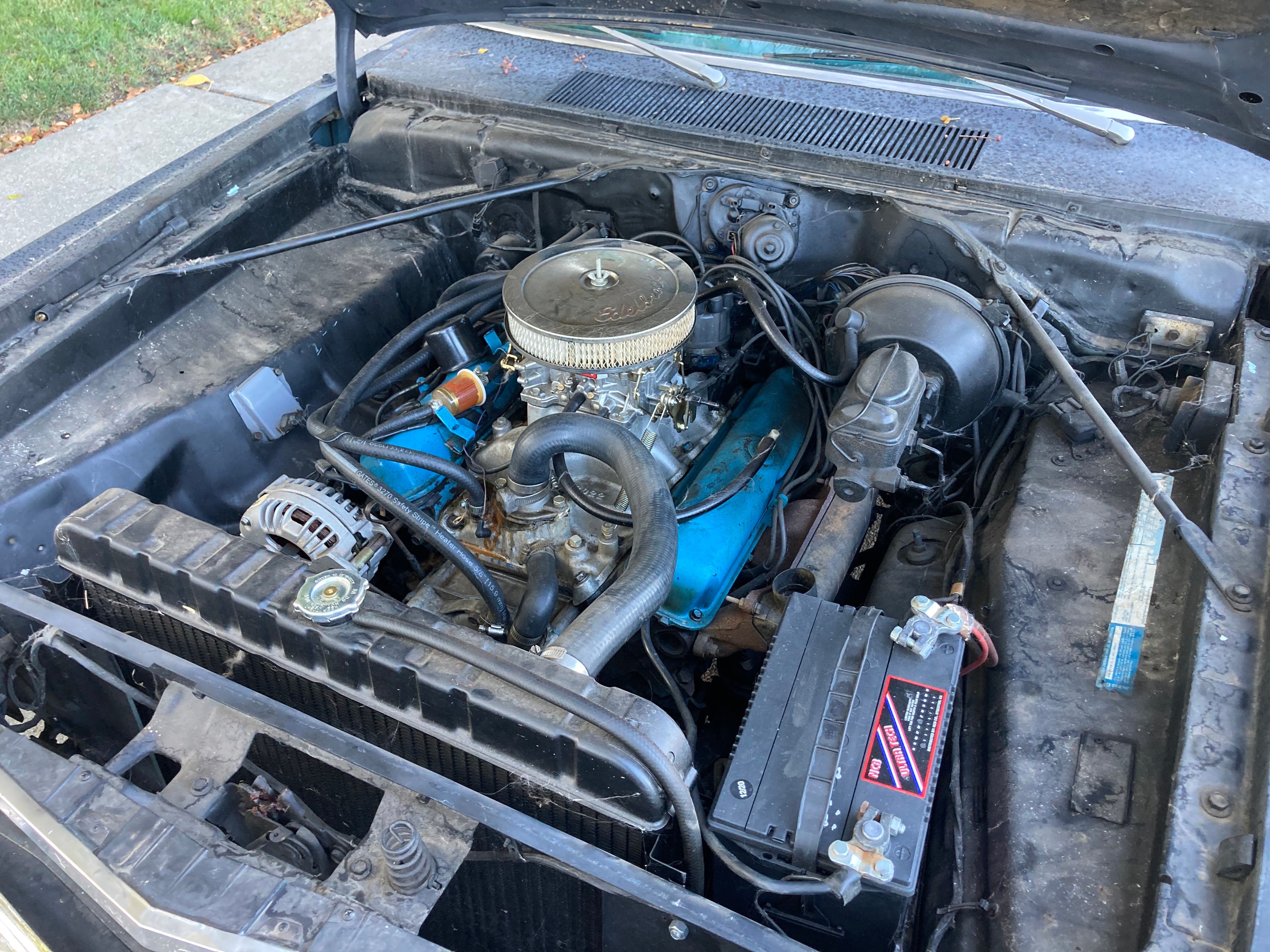For many modern cars, engines are fairly low-maintenance. As long as the oil is changed at reasonable intervals, and obvious issues are addressed promptly, engine damage is fairly uncommon.
However, while wrenching on an older daily driver, old school muscle car, or reviving a JDM classic from the dead, chances are you will be working on an engine at some point. From head gasket failures to a cracked engine block, many culprits of a failing engine can be hidden and hard to detect without tearing an engine apart.
That’s why it's important to test the health of your engine before diving into any project and blindly taking your engine apart. One of the most straightforward and accurate tests you can perform on your car is a compression test. Not only is it cheap to perform, but it requires no special tools other than the tester itself.
This is a test anyone can do in a parking lot by themselves, here is how you perform a compression test on your engine and analyze your results!
What Is A Compression Test?
Just like the name of the test implies, a compression test will read the compression of your engine’s cylinders. For your engine to perform properly, your cylinders need to hold a strong amount of compression to compress the air and fuel mixture in the cylinder to be ignited by the spark plugs.
If your engine cylinders leak, either in the cylinder walls, valves, or head gasket, you will see an obvious loss in cylinder compression, indicating an issue in that part of your engine.
A compression tester itself is simply a hose with spark plug threads on one side, and an air pressure gauge on the other.
Preparing Your Car For A Compression Test
For your compression test, you will be cranking your engine by turning the key, just as you would if you were starting your car normally. For safety reasons, it is a good idea to remove the flow of fuel to your engine. This can easily be done by removing the fuse leading to your car’s fuel pump, or if you are working on a carbureted car like my 1974 Plymouth Duster, pinching off the fuel line leading to the carburetor works as well. If you have a car with a distributor, removing the center wire leading to your ignition coil is also a good idea.
Next is to remove all of your spark plugs and spark plug wires. Make sure you label your spark plug wires so you know where to put them back in after the compression test.
Performing The Compression Test
With all of your spark plugs removed and your fuel delivery system disabled, it is time to perform your compression test. Choose a spark plug hole and screw in your compression tester by hand, make sure the tester is only hand-tight.
Now, go into your car, and with your gas pedal depressed to the floor, turn your key and crank your engine 6 to 8 rotations. These starter rotations can easily be counted. Be sure you do not crank your engine over excessively, which could damage your starter, drain your battery, and even show a false reading on your compression tester.
Record your compression reading on a scrap piece of paper, reset the compression gauge back to 0, and move on to the next cylinder.
A Healthy Engine’s Results
For a healthy engine, a perfect reading is around 135psi or higher, depending on the engine, however, anything over 100psi is considered acceptable and not a cause for concern. While your cylinders may vary in performance, every cylinder should be within 20% of each other in compression readings.
For my classic 1974 Duster with an original 318 V8 engine, I received the following compression readings, which is right in line for a classic, used, but healthy engine.
Cylinder 1 - 120psi
Cylinder 2 - 125psi
Cylinder 3 - 125psi
Cylinder 4 - 120psi
Cylinder 5 - 120psi
Cylinder 6 - 125psi
Cylinder 7 - 115psi
Cylinder 8 - 120psi
No causes for concern, showing me that I most likely do not have any issues internally with the combustion system in my engine.
Reading Your Compression Test
If your compression test is showing low numbers, it can lead to a few issues going on in your engine.
If you have a cylinder with low reading, drip a teaspoon of oil into the spark plug hole and try your test again, if your reading goes up after a little oil, this usually means you have worn piston rings.
A low compression reading that does not improve with some oil can mean a blown head gasket, with the compressed air escaping out of the damaged gasket, instead of remaining in the cylinder. Low compression in two adjacent cylinders can mean a blown head gasket in between those two cylinders.
A low compression reading can also mean you have a stuck valve, usually due to carbon buildup jamming a valve open, making compression impossible to achieve.
Unfortunately, the worst result that can be shown with a compression test is a cracked engine block. If the engine block has cracked and the air is escaping through a fracture or hole in the engine, very little compression will be built in the affected cylinder.
After Your Compression Test
A compression test is a great way to test the overall health of your engine, and while the results don’t show a definitive problem with an engine, it narrows down possible issues very quickly, and can easily be done by anyone.
If your compression test shows a healthy engine but your engine is running rough, check out your spark plugs, ignition system, or fuel delivery system. Good compression typically rules out internal engine issues, saving you tons of money in the long run.
With the cost of a compression tester anywhere from $30 to $50, it is always a solid investment and a great tool to keep in your garage throughout your automotive enthusiast career.

